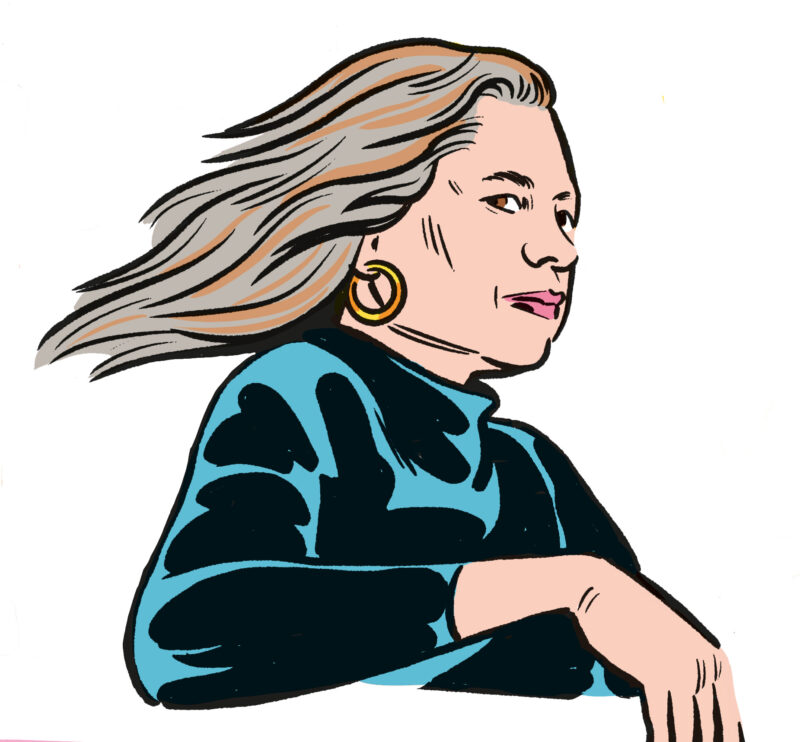“All is memory taken home with me,” sings Natalie Merchant at the close of 10,000 Maniacs’ 1987 album, In My Tribe. The song, “Verdi Cries,” captures a young person’s experience of listening to an opera recording through the walls of a hotel, eavesdropping on lives rich with culture and years, aching to share their passions. That plaintive yearning for worldly wisdom juxtaposed with poignant self-awareness—a contradictory mark of young adulthood—shines through every song on this record. Of all the music that best captures that golden moment of my own life, it’s this complete album, song by song, that I go back to the most, without skipping.
Listening to In My Tribe on a beautiful summer drive in 2022, I realized the album had been released thirty-five years ago. Merchant herself was only twenty-two when it was recorded. Given the long and rich career that she has enjoyed as a solo artist and activist in the decades since, and her time as the lead singer and songwriter for 10,000 Maniacs, I wondered how she remembered this seminal album. To me, it’s vivid with songs that build on one another like an eclectic analog archive of Technicolor postcards, bittersweet snapshots, or handwritten letters home, each note sparking memories. Did she feel the same? I reached out to request to speak with Natalie Merchant about the album, and much to my delight, she accepted. During our conversation, Merchant traced her sentimental education and offered a glimpse into the motivations of an artist who continues to not only create vital art (like her new album, Keep Your Courage, released in spring 2023) but also tour and perform in support of causes as much as for her music.
You have reached your article limit
Sign up for a digital subscription and continue reading all new issues, plus our entire archives, for just $1.50/month.
Already a subscriber? Sign in





